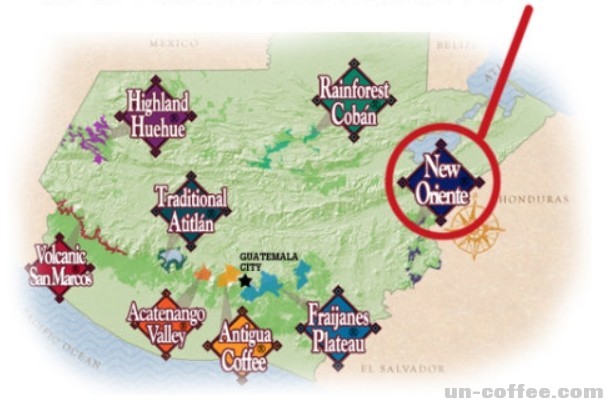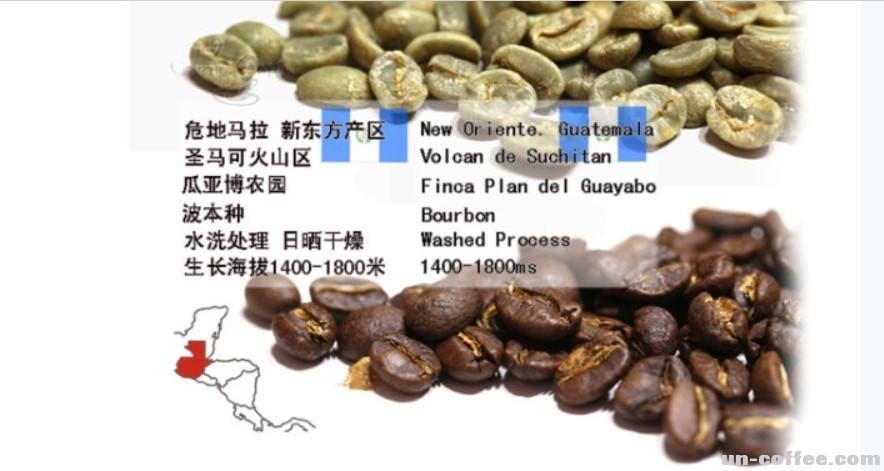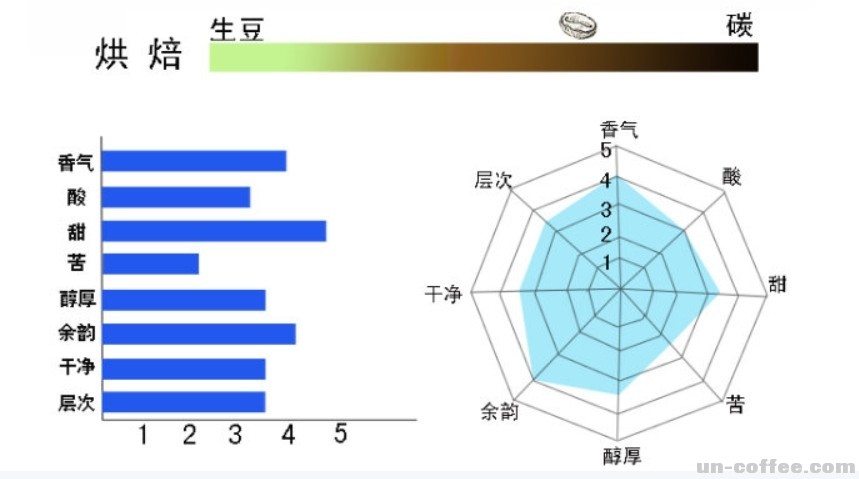Guatemalan cotton boutique coffee
Guatemala seems to be a Central American country with no shortage of good coffee in our impression. Its unique climate, fertile volcanic rocks, abundant precipitation and mountainous geographical environment provide unique conditions for it to become a paradise for high-quality coffee. There are eight major coffee producing areas throughout Guatemala, including the well-known Antigua and Huehuetenango. This time Brista introduces a bean from the New Oriental region (New Ori-enta).

New Oriental is a coffee producing area developed relatively late in Guatemala. Relative to the famous Antigua and Mini Nanguo producing areas, New Oriental is relatively young. New Oriental was once isolated from the world due to inconvenient transportation, which hindered the development of coffee. Because the coffee produced can not be transported to places outside the producing area for sale in time, but it is also because it has not been fully developed. The natural environment of the original state has given birth to a better quality coffee. The annual rainfall in the New Oriental producing area is large, the volcano is surrounded by volcanoes, and the soil is fertile. The coffee planting in this area is mainly planted and treated by small farmers, and the coffee produced is generally balanced in taste, with strong chocolate flavor and red wine aroma.

Kapok is widely planted in Guayabo Farm, so some people call it kapok Farm. The beans in this manor include Pacamara and bourbon, and the treatment methods also include water washing, sun exposure and honey treatment. the raw beans are green when washed with whole water. at first glance, it is a hard bean with relatively high water content and good evenness, and the shape is typical of bourbon, and the baking degree is moderate to deep. In the case of retaining some acid, maximize its alcohol thickness, improve the drinking texture of the coffee, reflecting the strong fruit flavor and chocolate flavor of this coffee itself.

Important Notice :
前街咖啡 FrontStreet Coffee has moved to new addredd:
FrontStreet Coffee Address: 315,Donghua East Road,GuangZhou
Tel:020 38364473
- Prev

Rose summer (geisha) coffee
The species of Geisha was discovered in the Rose Summer Forest of Ethiopia in 1931 and sent to the Coffee Institute in Kenya; it was introduced to Uganda and Tanzania in 1936, in Costa Rica in 1953, and Panama was introduced in the 1970s by Francesca of Dongba Seven Farm Garden. Mr. Serraxin got the seeds from CATIE in Costa Rica and started growing Rosa Coffee because
- Next

Introduction of coffee beans and some boutique coffee in the main producing areas of coffee beans in the world (1)
Introduction of coffee beans and some boutique coffee in the main coffee producing areas of the world: South America
Related
- Guji coffee producing area of Guji, Ethiopia: Humbela, Shakiso, Wulaga
- What is the most expensive variety of Qiloso in BOP multi-variety group?
- How to store the coffee beans bought home?
- Why are Yemeni coffee beans so rare now?
- Ethiopian Sidamo all Red Fruit Sun Sun Santa Vini Coffee beans
- SOE is mostly sour? What does it mean? Is it a single bean? what's the difference between it and Italian blending?
- Is Italian coffee beans suitable for making hand-brewed coffee?
- How to choose coffee beans when making cold coffee? What kind of coffee beans are suitable for making cold coffee?
- Just entered the pit to make coffee, what kind of coffee beans should be chosen?
- Can only Japan buy real Blue Mountain Coffee? What are authentic Jamaican Blue Mountain coffee beans?

